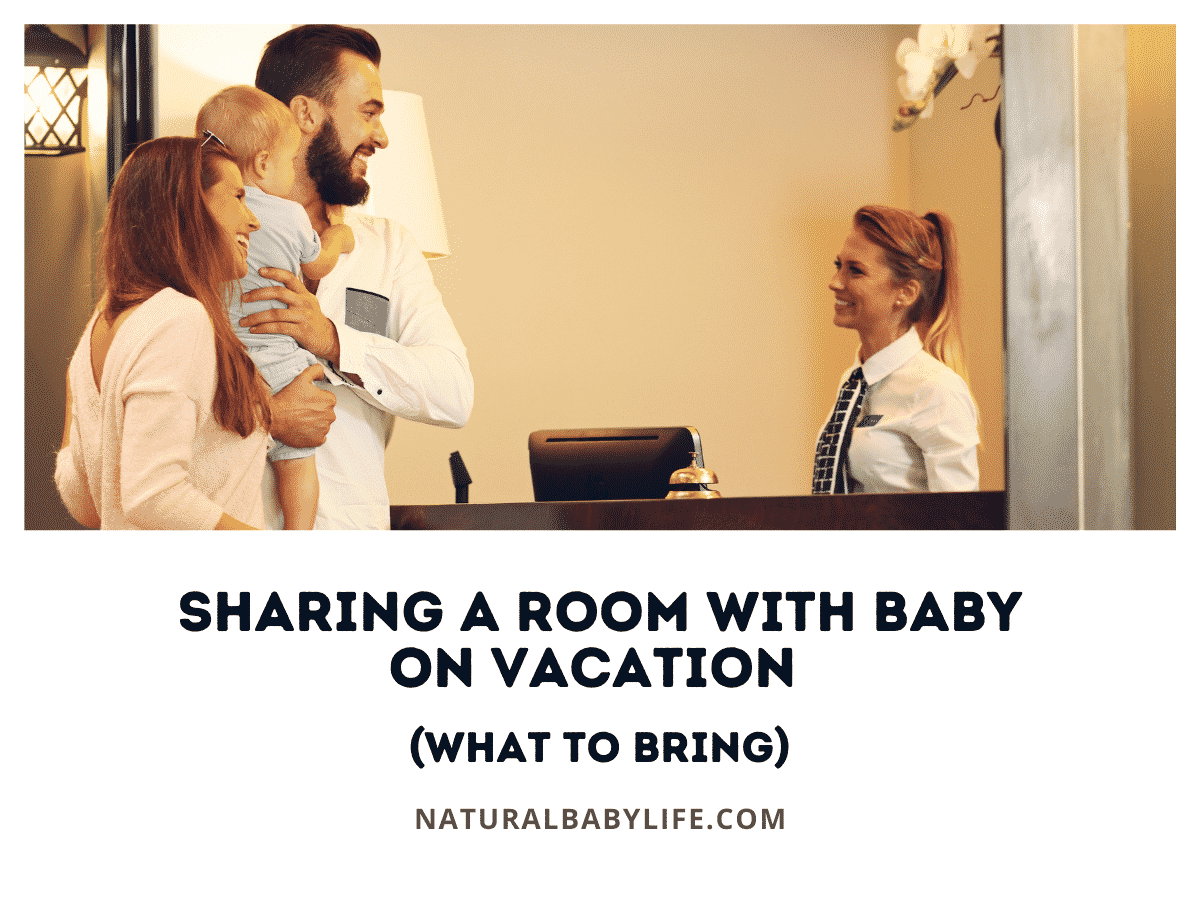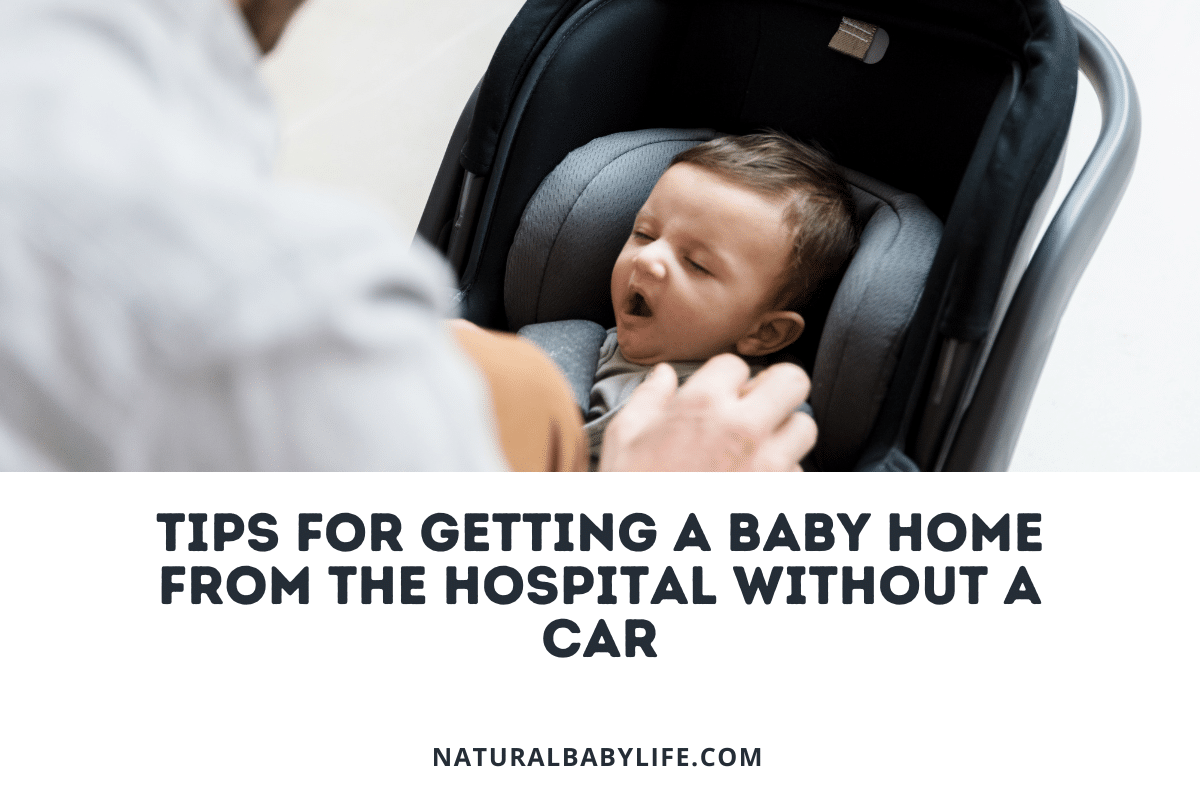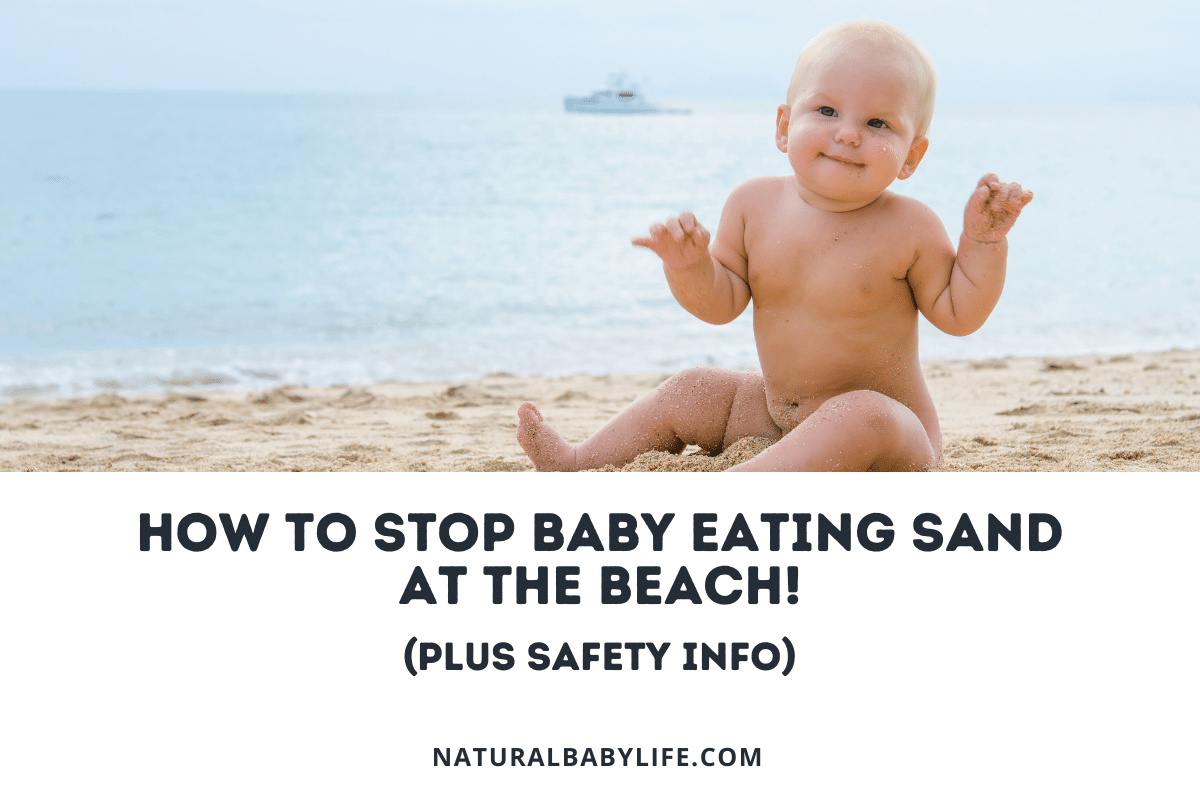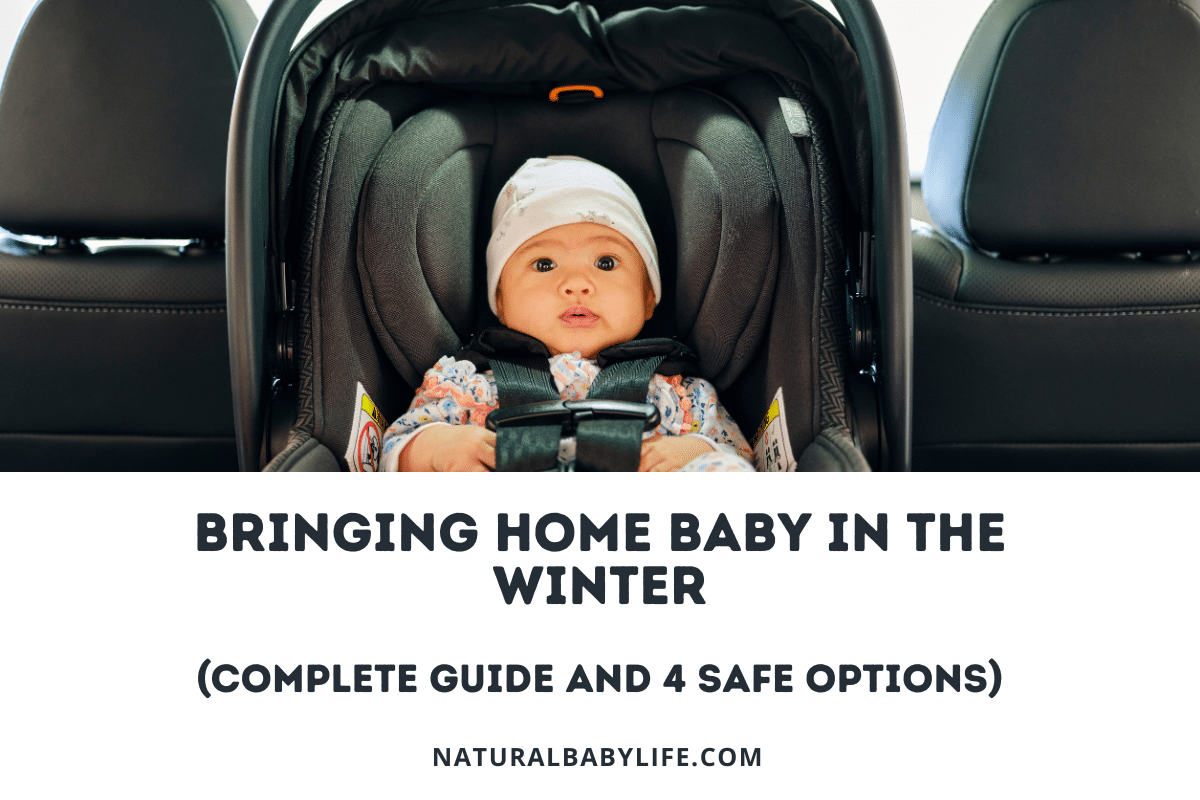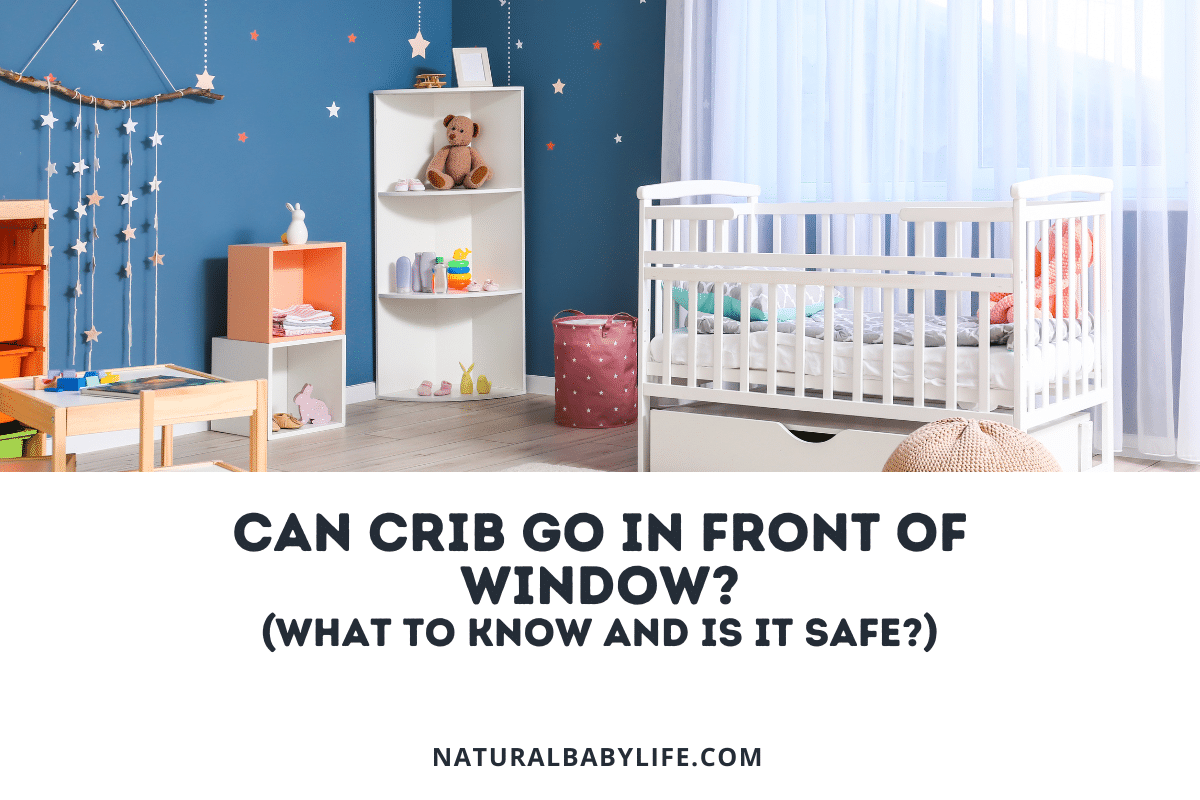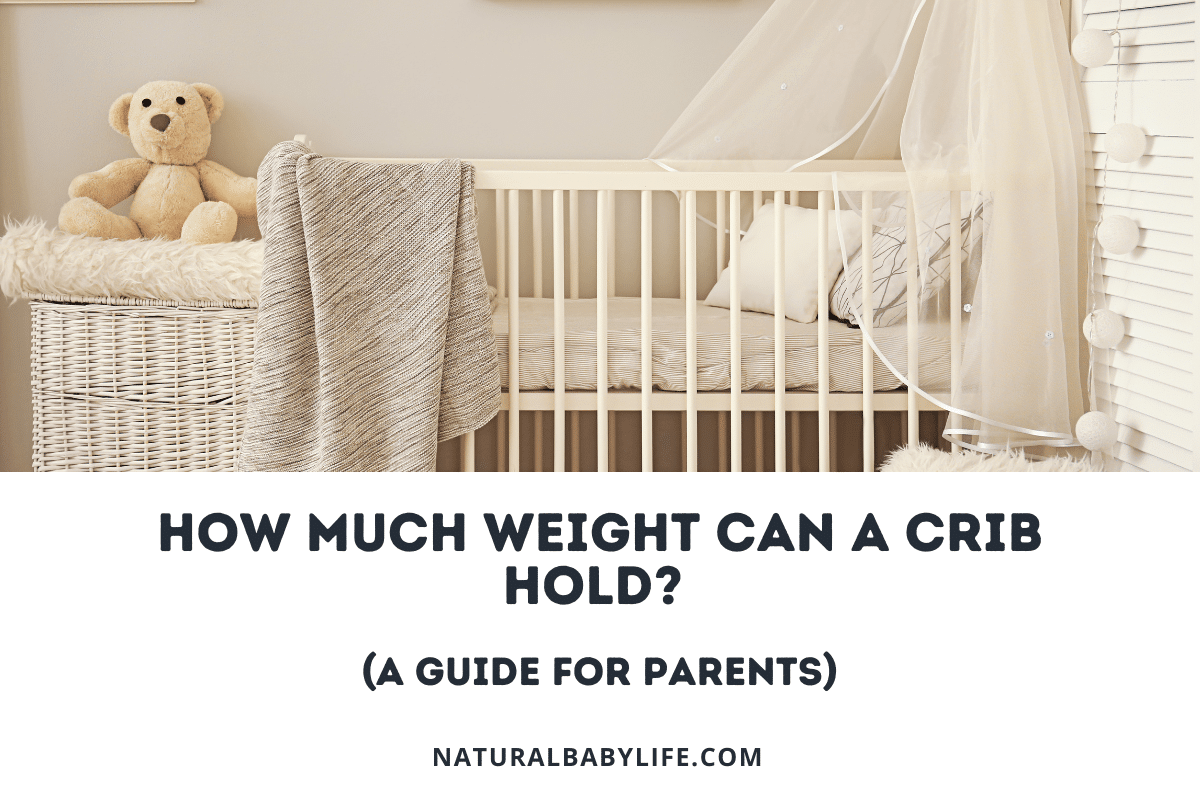Vacations are a time for fun and adventures for families, but adding a baby to the mix can make things much more difficult. When it comes to getting a hotel room, parents may need to share with their baby and wonder what they need to do in order for everyone to get a good night’s sleep.
When taking a baby on vacation, you will need to plan whether or not you will be bed-sharing, placing your baby in a separate bed in your room, or bringing a dedicated sleeping space for your little one. If your baby will be sleeping separately, some hotels will allow you to rent a mini crib or you can bring your own travel crib or pack and play.
Keep reading for the best options for sharing a room with your baby while on vacation and some tips on how to make sure the experience is a safe and happy one.
Table of Contents
How do you share a room with a baby on vacation or holiday?
Sleeping while on vacation can be challenging for anyone since you’re out of your normal routine and in a different environment, and this can be especially difficult for babies who thrive on routine. How do you make sure your little one sleeps comfortably so you can enjoy your vacation?
If you are staying in a hotel, there are options such as getting a room with two beds and using one for the baby or bedsharing. You could also bring your own portable crib or pack and play, or even rent one from the hotel.
If your baby is already room sharing with you on a regular basis, you may have an advantage. But if your baby is not used to sharing a space with you, then it would be best to set them up as close as possible to what they’re used to.
Be flexible with sleep, especially in the first couple of days. This is new for everyone and it may require adjustment. You may even need to use the balcony or bathroom spaces as a place to read or wait for your baby to fall asleep.
When you’re going to be sharing a room with your baby on vacation, plan for them to sleep in a:
- Rented crib
- Your bed
- Pack and play
- Travel crib
- Portable bassinet
- Second bed
- Safe place on the floor
The most important thing is to ensure that your baby is sleeping safely and that you take precautions with whichever option you choose. Be sure to gauge whether your baby is able to handle this arrangement by looking at their age and personality type.
Rented crib
One of the ways to have both a safe space for your baby to sleep as well as be able to travel light is to rent a crib from the hotel you are staying in. This way, it will be set up for you once you get to your room and it’s there and ready. This option is really great when you have too much you’re bringing already or you don’t have a pack and play to bring.
Be sure to ask the hotel what kind of crib to expect. It may be a pack and play or it may be a crib or mini crib. If you are nervous about germs, you can even bring a set or two of your own sheets to make sure it’s clean.
The downside to this is if there’s a problem the hotel didn’t know about with the scheduled crib or pack and play. We once rented a crib from a hotel but got a pack and play that was broken and there were no others available that weekend. If you choose this option, you may need a backup plan.
Bedsharing
Bedsharing is when you (and maybe your spouse or partner) share a bed with your baby. This particular option is definitely controversial, but it is a way to share a room with your baby without needing to bring or rent a crib. Many families bedshare regularly, even without limited space.
If you choose to bedshare with your baby, make sure:
- The baby only shares a bed with their parents (not a sibling)
- Neither parent is intoxicated, under the influence, or overtired – anything that hinders your ability to wake up could lead to accidentally rolling over and suffocating the baby.
- No one smokes in the bed or smells of smoke, as this can lead to breathing difficulties.
- There are no extra pillows on the bed.
- To remove the heavy comforter and use only a light blanket to protect the baby from suffocating.
Pack and Play
This is one of the most popular options for traveling families since they can be taken on a plane or fit easily into the car.
A pack and play will provide a safe space for your baby to sleep, play or stay in when you need to go to the bathroom. This is a safe option for both babies and toddlers.
A major advantage to having a pack and play is that they are generally easy to set up as well as take down and store when it’s not in use. When bringing your own, you can ensure that it’s clean, and safe for your baby to use and you also will not have to bring your own sheets or have a backup plan.
Just account for it as check-in luggage if you are flying!
Travel Crib
Pack and plays and travel cribs are very similar in that they are portable and easy to transport.
A travel crib is significantly lighter than other options and if you are planning to travel a lot, it will be a great investment. Other features include a thicker mattress (but still within the guidelines for a crib) and a smaller profile overall as well as a zipper on the side, which can help with getting kids in and out of it.
Travel cribs are more expensive than a pack and play, which is a downside, as well as the fact that the mattress does rest on the floor. It is, however, much easier to bring with you on trips due to its size and weight.
Portable Bassinet
For infants who are not rolling over or crawling, a portable bassinet is a viable option since it’ll give the baby a firm mattress to sleep on and avoid having to share a bed.
Some options are easy to fold and pack into a suitcase while there are others that are larger and would work better if you were driving in a car. This is an ideal option for younger babies.
There are a variety of options when choosing one, but remember that these are not recommended for babies who are crawling or rolling over. In that case, you will want to choose either a pack and play or a portable crib.
Using a regular bed
If your room happens to have two beds, having your older baby or toddler in that bed is another way to share a room without sharing a bed.
This is ideal for toddlers who need their own space to sleep, but do not have babies share this bed with an older sibling. This option also means you are not bringing anything with you or borrowing a crib or pack and play.
To make this safe for your baby, roll up unused blankets or towels and create a barrier underneath the bedsheet. You can also create a barrier or even a surface to land on with the chairs in the room. If your child is super wiggly, then this may not be the option for you, and you should use a crib, pack and play, or portable crib.
Use a floor mat
Many daycares use floor mats for nap time and rest time, making this a viable option for traveling families since they are easy to fold up and could be packed in a car or maybe even inside a large suitcase.
Since mats have a smaller footprint than a pack and play, this would be an ideal option for traveling with a toddler since it could also be put away, leaving more space in a smaller room.
This should not be used for a baby, however, since it can possibly present several hazards. Among them is that your baby would not be contained in a safe space, making it easy for them to crawl and reach outlets and the trash, among other things.

